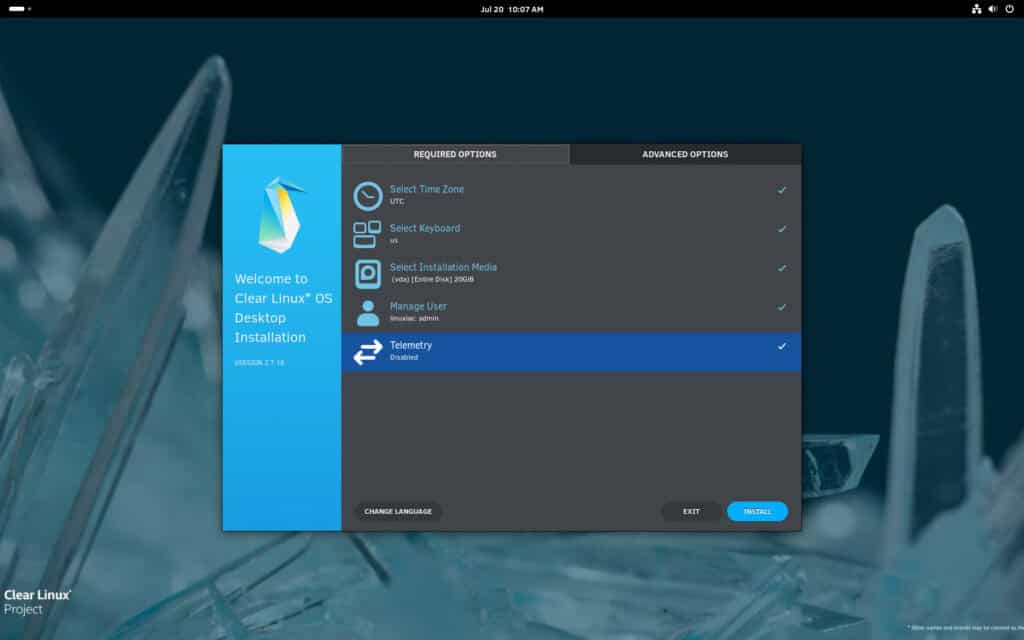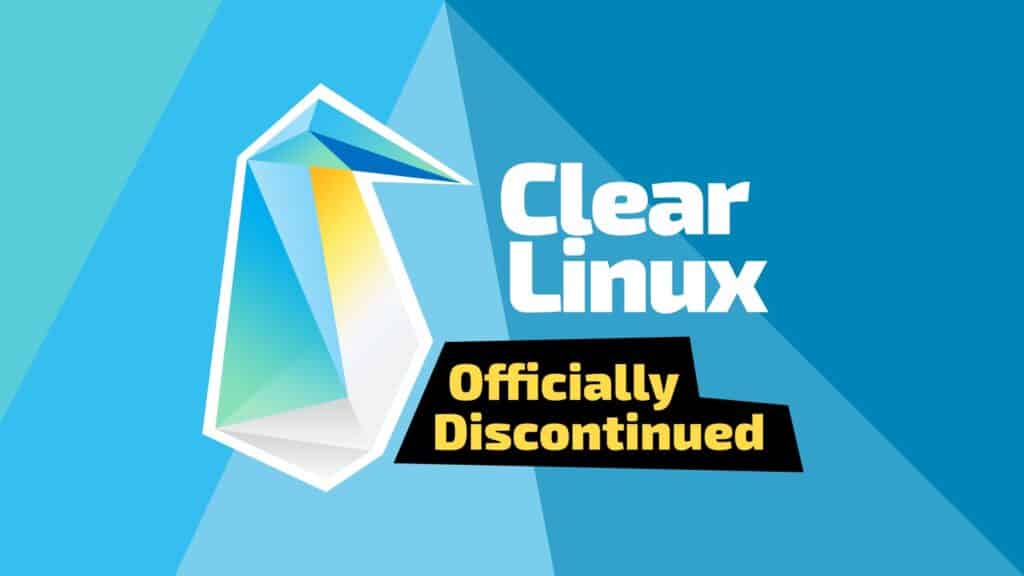Unfortunately, there’s a bit of sad news out of the Linux world this week, with Clear Linux taking center stage. What I’m talking about is that Intel has formally ended support for Clear Linux OS, drawing a rapid close to a nearly decade-long effort to showcase aggressive, upstream-friendly performance optimizations on x86_64.
In a blog post titled “All good things come to an end: Shutting down Clear Linux OS,” the announcement states that support ends immediately, with no trailing window for security updates.
After years of innovation and community collaboration, we’re ending support for Clear Linux OS. Effective immediately, Intel will no longer provide security patches, updates, or maintenance for Clear Linux OS, and the Clear Linux OS GitHub repository will be archived in read-only mode.
Crucially, “effective immediately” is not rhetorical: Intel states that there will be no further security patches, updates, or maintenance, and the project’s GitHub repository is to be archived in a read-only manner. As you can guess, that abrupt cutoff leaves any production or lab systems running Clear Linux exposed going forward, so administrators now face an urgent migration.
For those unfamiliar, Clear Linux (a project launched in 2015) is an open-source, rolling-release Linux distribution developed by Intel’s Open Source Technology Center, purpose-built to showcase and leverage Intel’s hardware strengths, with a focus on high performance, security, and cloud-native workloads.
It utilizes aggressive compiler flags and profile-guided optimizations to achieve maximum speed—benchmarks often show it outperforming other distributions on both Intel and AMD hardware. Now, back to the topic.

As you might expect, community reaction has focused on the lack of a grace period—some users have called the move “not very serious” governance for an enterprise-adjacent distribution, highlighting the trust cost when a vendor ends a platform overnight.
I’m inclined to agree with this. After all, we’re not talking about a distro someone threw together in their spare time out of passion—we’re talking about one that was backed and developed by one of the biggest tech giants out there: Intel.
What’s even more puzzling is that Intel hasn’t given any explanation for this sudden move, so all we can do is guess why it happened. The company just says that starting tomorrow, you can no longer rely on the distribution. Honestly, that’s a pretty surprising way to handle things. To put it mildly, it doesn’t reflect the professional or responsible approach you’d expect from a company of this size.
Anyway. Intel’s statement emphasizes that the company “remains deeply invested” in Linux upstream work. They’ll continue to contribute to other open-source projects and optimize Linux for Intel hardware, without Clear Linux in the picture.
What’s next for current Clear Linux users? I’ll be straight with you—this is a total dead end. At this point, the best thing you can do is back up your data and start looking for a new Linux distro to switch to. So, for those who relied on it, the hunt for a new Linux home begins.

DistroWatch
Clear Linux:
OS Type: Linux
Based on: Independent
Origin: USA
Architecture: x86_64
Desktop: GNOME
Category: Cloud, Desktop, Server, Specialist
Status: Discontinued (defined)
Popularity: Not ranked
Hardly pulled the plug over night. I was looking at Clear Linux over a year ago and didn’t go ahead with using it because it was “clear” back then that it wasn’t being invested in and support was winding down.